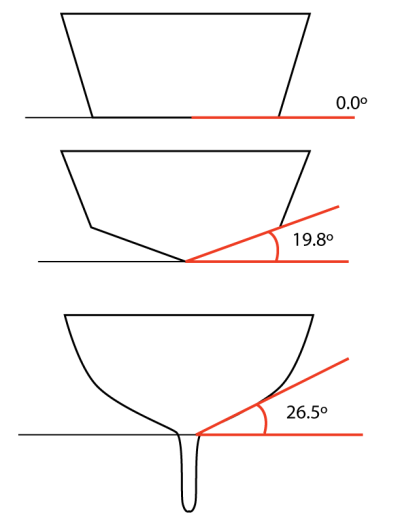Timicrinn
Veteran Member
I need some schooling on this term...deadrise at transom. I am confused with which is the better ride in rough seas versus which is not. Example...a boat I am looking at has a deadrise at transom of 6 degrees...does that mean I am looking at a flat bottom boat? What would be a good solid deadrise for cruising to Alaska and other inside passage explorations and provide the smoothest ride? I need to pick your collective brains...thank you very much.



